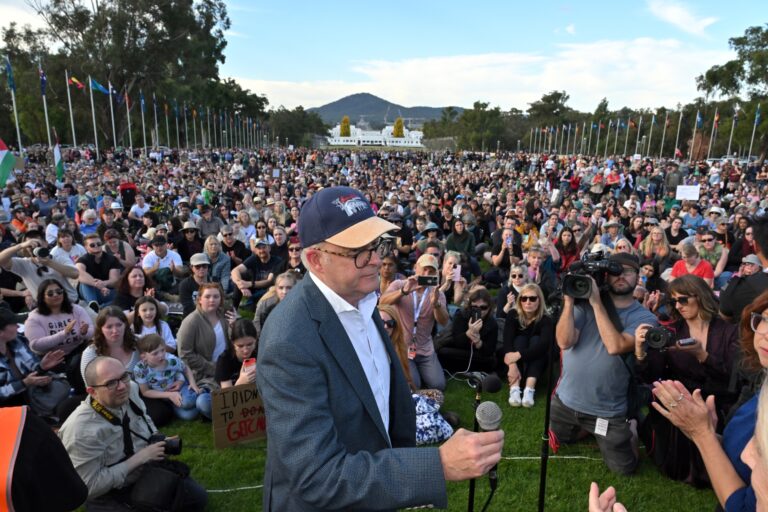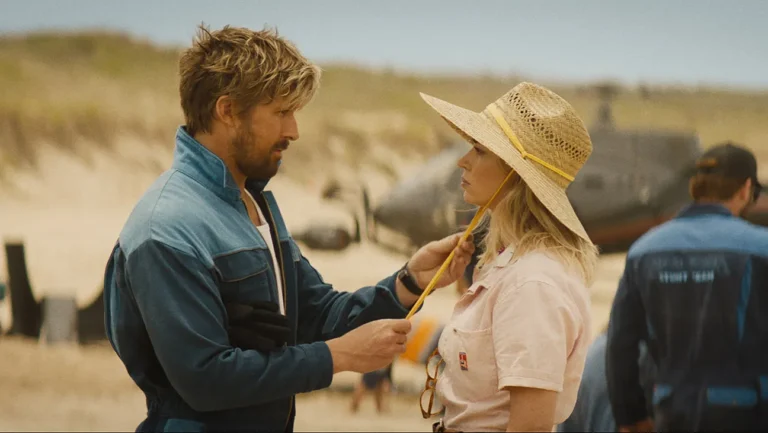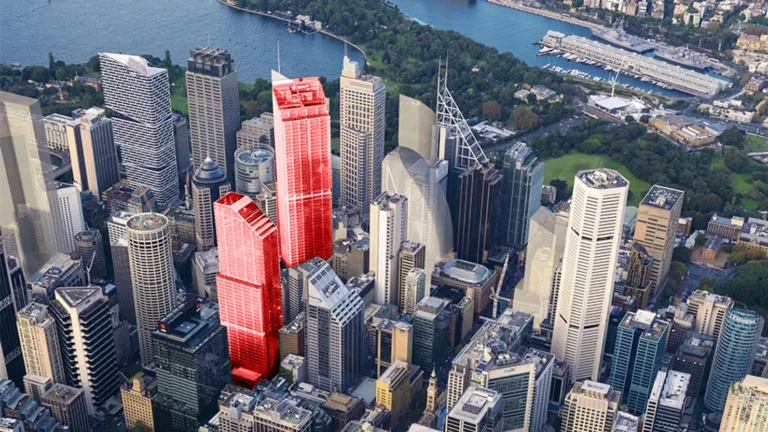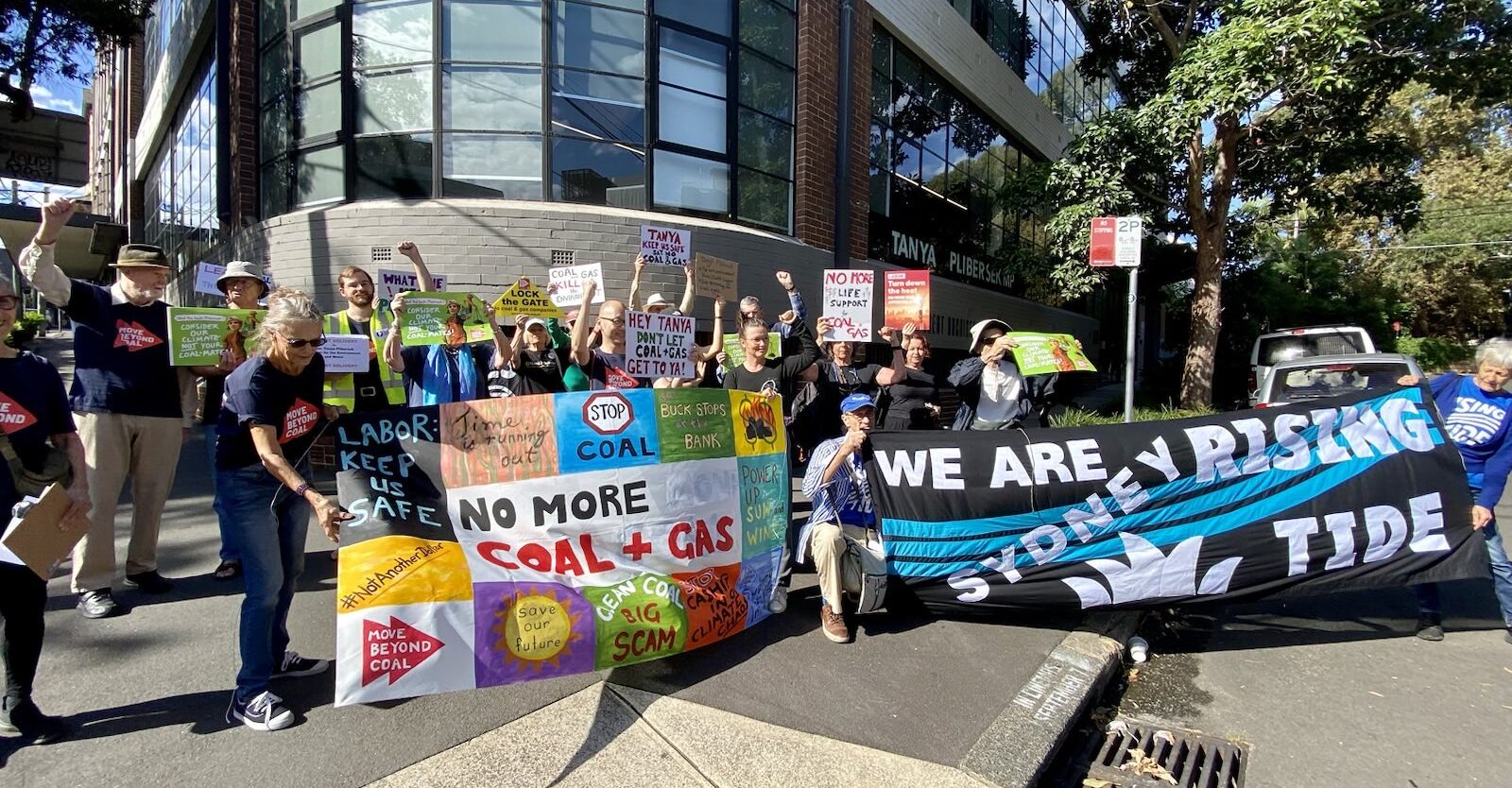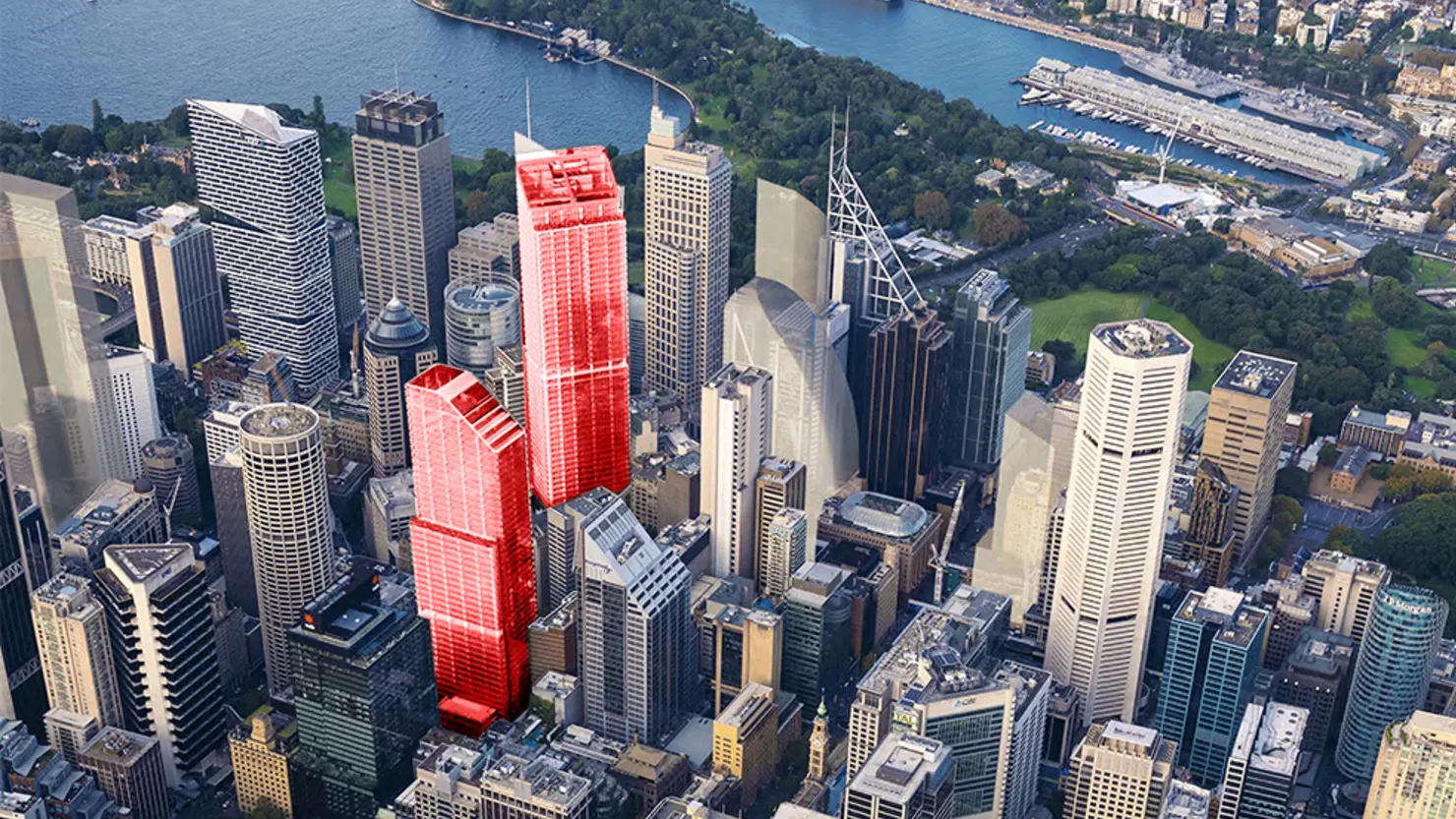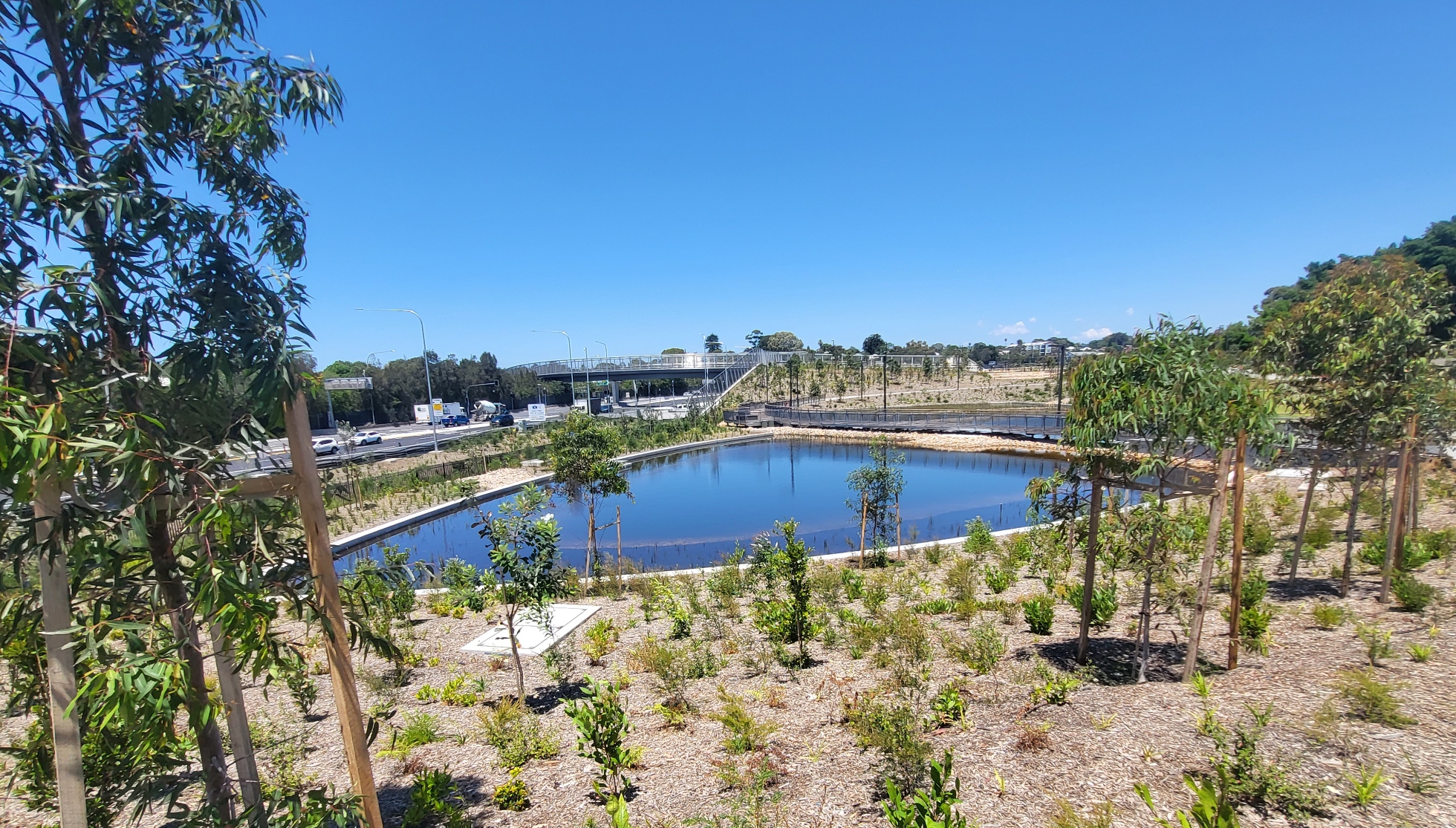
The fight for Franklyn Street

By ALLISON HORE
Rose has lived in her public housing unit in Glebe for the past two decades. One day she went outside and found an A4 flyer laying in the street showing concept art for a proposed new development on the site of her home.
That’s the first time Rose heard about the government’s plans to bulldoze her estate on Franklyn Street in Glebe, and the start of what has already been an exhausting fight for the building’s future.
Looming over Franklyn Street is the wrecking ball.
In a plan which the NSW Government says will deliver “more social housing, a better social housing experience, and more support for social housing residents,” the low-rise public housing estate on Franklyn Street is set to be torn down to make way for three high-rise mixed use buildings.
The renewal plans were announced in November last year alongside plans to redevelop a second public housing estate on Explorer Street in Eveleigh.
NSW Minister for Water, Property and Housing, Melinda Pavey said the two new projects would bring the total number of new homes in the City of Sydney to around 4,250, of which around 1,260 will be social. She added this would mean a 38 percent increase in social homes across the Sydney local government area.
“Housing is key to the economic recovery of NSW with these five projects creating around 9,400 direct and indirect jobs over the lifespan of the projects,” Ms. Pavey said.
“These two new renewals will not only increase new housing supply, but provide more and better open space and better connectivity to essential services such as shops, transport, jobs, parks and schools – which is emblematic of the work the Government is doing.”
But Rose told City Hub that Franklyn Street tenants, some of whom had been in the block for decades, had been left in the dark about the plans.
“How they informed us they were doing this, they did a mock up of the area as architect designs of cafes and umbrellas all along there,” she said, gesturing towards where the tenants’ cars are parked in front of ground floor courtyards.
“They hadn’t told us they were planning to knock it down. I saw an image of my house turned into a cafe on a piece of paper on the ground.”
Residents rise up
Rose, who has chronic pain, moved into the Franklyn Street estate in the year of the Sydney 2000 Olympics. She said because of her disability and a previous tenancy which had gone wrong she was “extremely grateful” to be offered a place in Franklyn Street.
She is one of many public housing residents and advocates who gathered in Minogue Reserve in Glebe on Saturday to draw attention to the government’s plans and to call for the houses to be saved. The rally was planned by advocacy group Hands Off Glebe.
Speaking at the protest was another Franklyn Street resident, Emily.
“Many of us have lived in the building since it was constructed in the late 80s, some of us have been rehoused already from Miller’s Point and from Cowper Street, they don’t want to have to move again,” she told the hundred-strong crowd.
Emily says she would like to see the government investing money to refurbish the neglected estate, rather than demolishing the building to “squeeze” residents into “one size fits all apartments with no outdoor space, less sunlight, and barren corridors.”
“This will not be a vibrant, mixed use community- but individuals isolated in flats with empty soulless corridors,” she said.
“The government says it will invest 1.9 billion on the properties here and in South Eveleigh. Good, but invest that money in refurbishing and protecting public housing.”
More dwellings, fewer people
The Franklyn Street public housing estate was developed in the 1980s and is currently made up of 108 social housing dwellings across a series of 2 and 3 storey townhouses. Under the renewal proposal all of these buildings will be demolished. In their place will be 3 high-rise blocks broken up with a network of laneways.
The new development will include around 425 dwellings in total. But only 130 of those will be set aside for social housing. While that’s an additional 22 dwellings, Member for Balmain, Jamie Parker, says the claim this will ease the current public housing waitlist is “bullshit”.
“What they don’t tell you is the 108 properties there have 254 bedrooms, and the 130 houses they’re going to build are almost exclusively 1 bedroom,” he told the crowd.
“The total amount of people we can house is going to be cut dramatically.”
At the end of June 2019 there were over 50,000 people on the waiting list for public housing in NSW. With the COVID-19 pandemic hitting a lot of households hard economically, and the extra jobseeker subsidies set to end, this waitlist is only expected to grow.
Some families living in Franklyn Street may not be able to return to Glebe when the new buildings are complete because the new apartments may not be large enough to house them.
“In one of the richest countries in the world, in one of the richest times in history, if we can’t house people we don’t deserve to call ourselves a civilised country,” said Mr. Parker.
City of Sydney councillor and former member for Wentworth, Dr. Kerryn Phelps, also attended the rally. As a doctor, Phelps said she knows “the stories of people who have fallen on hard times, who are not able to find accommodation on the private market.”
“Social housing is an important part of a healthy, vibrant community. To destroy that social housing here in Glebe is to destroy the character of Glebe itself,” she said.
“Deconcentrating disadvantage”
The fact 70 percent of dwellings in the new development will be privately owned doesn’t sit well with residents or their advocates either.
Shelter NSW, an independent, non-profit organisation which advocates for better housing outcomes, said they were concerned about how the “70:30” ratio seems to be applied universally across the state’s new public housing developments. They said the blanket application of this ratio ignores the specific needs of individual communities.
“We are concerned that what started as a ‘rule-of-thumb’ has become orthodoxy- effectively acting as a cap on the NSW Government’s ambition for increasing the stock of social housing dwellings,” Shelter said in their submission to the government.
“How can we be assured that 130 dwellings proposed at Franklyn Street is enough to justify the effective privatisation of what is currently public land used solely for social housing?”
Mr. Parker shares these concerns. He said the promise of a greater number of dwellings was just a front for the government’s real intention to privatise the majority of the development.
“They know that they can’t sell whole suburbs like they used to so they have to put up a bullshit facade that says ‘we’re actually building more public housing’,” he said.
“Don’t let them get away with it, it’s a lie.”
But the NSW Government says the rationale for the mixed public and private developments is to “deconcentrate disadvantage.” Minister Pavey said the move will lead to better outcomes for public housing residents living in the estate.
“By deconcentrating disadvantage, we can breathe new life into local economies and deliver more jobs, provide better connections to education outcomes and improve amenities for all residents,” she said.
Ambitious plans
The NSW government’s plans for Franklyn street promise to completely transform the estate into a modern, green community.
Included in the plans are shared streets and spaces, with tree cover and colourful landscaping. The 425 dwellings would be split across three “neighbourhood scale blocks” with communal open spaces within the interior of each block. Public art, seating and paved areas will fill the streets around the buildings.
But Rose told City Hub the new building amenities and public spaces being touted by the NSW government offer little comfort to the Franklyn Street residents. She said the things that are being offered are either only necessary because of the nature of the new building, or things the community already has.
“Why are they offering us lifts? Because they’re knocking down low rise and putting in high rise,” she said.
“They would tell us things like, we’re going to put parks in, we’re going to create community. And my neighbour Edwina said ‘We have a park, we have a community, don’t tell us you’re going to give us what we already have’.”
A home worth fighting for
At the moment Rose lives in a ground floor apartment with its own private garden. For Rose, who says she “lives with pain every single day” her garden is therapeutic. The idea of losing it is heartbreaking.
“It’s my kind of version of Wendy Whitely’s pilgrimage,” she told City Hub.
“And it broke my heart when they told me [it would be demolished], I stopped gardening in the pandemic. Because they’re going to bulldoze it. They’re just going to bulldoze everything.”
“It’s about money, it’s about developers, it’s about picking people off.”
The NSW Government says the planning process will take up to two years and there will be no relocation of residents before mid to late 2022 at the earliest. They said all residents will be given at least 6 months notice before they are made to leave and, should the proposal be approved, they will be supported through the relocation process.
But even in the early stages the lack of communication from the government and the planning team is already beginning to frustrate residents.
“When they did the planning, there was a zoom meeting. They assumed everyone could speak English, everyone had a computer, we were only allowed to write questions, we weren’t allowed to talk,” Rose said.
“And that was the only information that we got.”
The government maintains that residents have all been contacted by the project team and have been provided the opportunity to give feedback on the preliminary plans.
“All local residents of the Franklyn Street social housing estate have been directly contacted and offered an opportunity to discuss the project with the project team,” they said.
Hands Off Glebe encourages people who are concerned about the issue to reach out to Minister Pavey with their opposition. Businesses in Glebe can get behind the campaign by putting up posters in their windows.
The residents of Franklyn Street aren’t giving in and will continue to campaign to save their homes from the bulldozer. With such a large showing to the rally this weekend, they are optimistic about their voices being heard.
“We don’t need more desolate wind tunnels in Glebe,” said Emily.
“We love our homes, we live in a strong community which is worth keeping and fighting for.”
